Many of the best places to visit in Belarus are places of worship. Although a lot of notable Belarusian monuments were destroyed during the Second World War, many sacred ones have survived. No matter their belief system, anyone can appreciate those masterpieces of architecture and art! Here’s the list I made of churches and monasteries to visit in Belarus outside Minsk, and if you care to research the subject, you’ll find many more apart from those mentioned. The best way of visiting them is traveling by car or joining a tour group because some buildings might be closed for individual visitors. Trust me you will not believe these stunning buildings exist in Belarus.
1. Corpus Christi Church Nesvizh
The Corpus Christi Church is an early Jesuit church and one of the oldest baroque structures outside Italy. When visiting the Nesvizh castle, do not pass by this magnificent building. It was commissioned by the Polish nobleman Mikołaj Krzysztof "the Orphan" Radziwiłł and constructed at the end of the 16th century by Gian Maria Bernardoni. The crypt of the Radziwill Family, located in the basement of the church, is the third largest family burial place in Europe. The majority of the famous family members have found their final resting in the crypt. There are 72 tombs there.
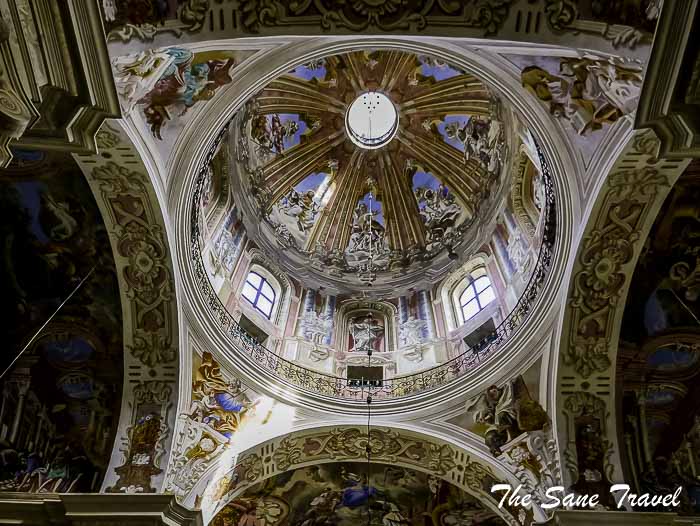
2. Great Choral Synagogue Grodno
It was the first synagogue I had ever visited in my life, so it was very special. Restoration artists have done a great job which still continues, as you can see in the pictures. I strongly recommend having a look inside. The white interior looks great. The synagogue was built initially in the late 16th century, designed by Italian architect Santi Gucci—the court artist of King Sigismund II Augustus of Poland. It survived until the end of the 19th century when it was heavily damaged by fire. The synagogue was rebuilt in 1907 in a mix of eclectic and Moorish styles, serving as an important center of European Jewry until the Nazi invasion in 1941. Since 2003, renovation works have been going on, reviving the beauty of this special building.
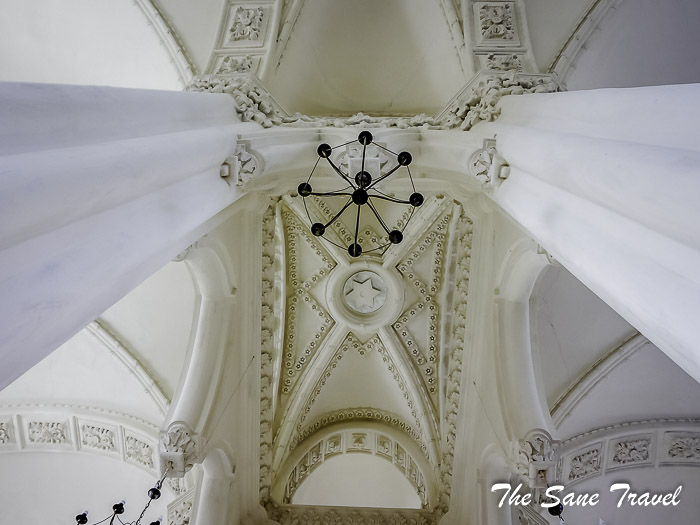
3. Kalozha church of Sts. Boris and Gleb, Grodno
Kalozha church is one of the oldest surviving churches in Grodno and Belarus. It is the only surviving monument of ancient Black Ruthenian architecture, distinguished from other Orthodox churches by the prolific use of polychrome faceted stones. The church was built in the late 12th century and has survived intact. Located in a park, it makes a nice walk from the Great Choral Synagogue. In 2004, the church was included in the Tentative List of UNESCO's World Heritage Sites.
How to visit: Include it in your Grodno itinerary.
4. Church of St. John the Baptist in Kamai village
The Catholic church of St. John the Baptist is one of the few fortified temples in Belarus, therefore, being a unique monument of Belarusian architecture. The temple was built in the early 17th century. It is one of just a few of the Belarusian Catholic churches which were not closed in the Soviet times. Unfortunately, I could not get inside and there were no signs of opening hours on the door. So I recommend to visit it as part of the guided tour.
How to visit: Make it as a side trip when visiting Narachanski National Park.
5. Saviour-St.Euphrosyne monastery
The St. Euphrosyne Monastery complex is a truly awe-inspiring place. I especially admire the small Church of the Holy Savior built in the 12th century, currently under restoration. The St. Euphrosyne Monastery was founded by Princess Euphrosyne of Polotsk in the 12th century. The princess was only 20 years old at the time, but she was already well known for her spiritual feats. The stone Church of the Holy Savior has survived to this day. As an important strategic point on the map, in the Middle Ages Polotsk repeatedly became a battlefield, so there was no chance for the monastery to remain intact. In the 16th century it was in decline, but at the end of the 19th century bloomed again. New residential buildings, a bell tower, and later the Holy Cross Cathedral were built then. Nowadays, the beautiful monastery complex is a popular place of pilgrimage.
How to visit: Include it in your Polotsk and Vitebsk itinerary.
6. Budslav cathedral
Budslav Cathedral is the biggest Catholic Church in Belarus, a memorial of the 17th century architecture. At first, there was a wooden chapel, then a church, and by the middle of the 18th century, the construction of a huge stone Bernardine church was completed. It’s done in the late Baroque style, using parts of the building from the middle of the 17th century. In 1994, the Pope appropriated the title of Small Basilica to the church in Budslav. The miraculous icon of the Mother of God of Budslav, painted in 1598 and donated by Pope Clement XVIII, is stored in the church.
How to visit: Make it as a side trip when visiting Narachanski National Park.
7. Holy Trinity Church in Gervyaty
The Holy Trinity church located in the village of Gervyaty is among the three highest churches in Belarus (61 m) and is undoubtedly one of the finest examples of the neo-Gothic style. The temple was built in 1903 on the site of a wooden church of 16th century. The church is located a few kilometres from the Lithuanian border. In front of the temple, there are a few wooden crosses with rich carvings, typical for Lithuanian churches. It is definitely worth visiting.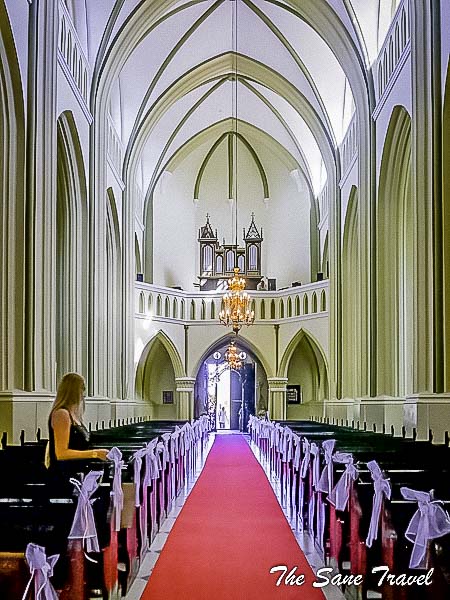
8. Church of St. Michael the Archangel in Mikhalishki
This Augustinian church is a monument of the Baroque architecture. Church of St. Michael the Archangel is next to Mikhalishki and is located in Hrodzyenskaya Voblast, Belarus. The temple was built by architect Pence in the 17th century. It is distinguished by the elegance of the interior decoration, ornate blue and white stucco reliefs similar to the decoration of the famous church of Peter and Paul in Vilnius. And it is no coincidence: the architect Pence worked on the interior of the church together with the Italian artist Pertti - one of the authors of sculptures in the Vilnius monument. Beautiful.
How to visit: Make it as a side trip when visiting Narachanski National Park or do as one of the first things when visiting Belarus by car from Lithuania crossing through Lavoriškės/Kotlovka border crossing.
9. Saint Sophia Cathedral Polotsk
There were several cathedrals standing in this place at different times. The St. Sophia Cathedral acquired its modern look in the 18th century: the majestic one-apse basilica with two bell towers overlooking the Dvina was built on the bank of the river to the design of Jan Glaubitz. After the restoration work, the museum of the architecture of St. Sophia Cathedral was opened in 1987.
Organ concerts take place there on Saturdays at 1 p.m.
How to visit: Include it in your Polotsk and Vitebsk itinerary.
Like it? Pin it!
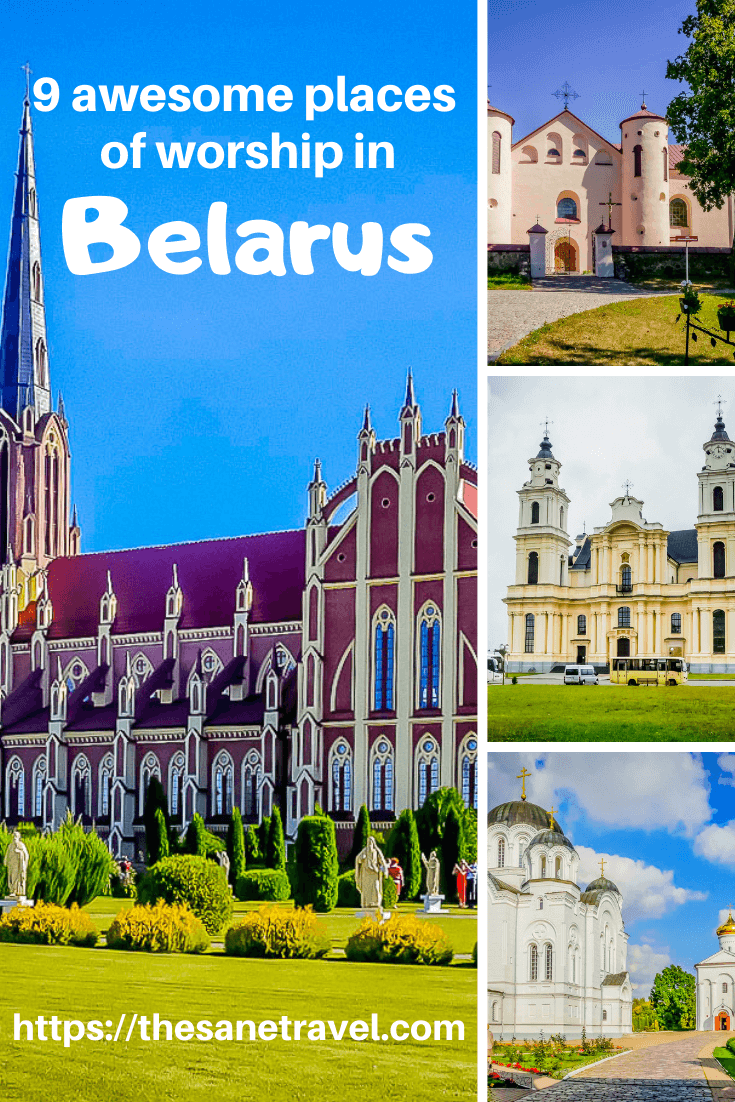
What did you think? Have you been to Belarus? Or perhaps you’re thinking of visiting in the near future? Either way, I’d love to hear from you so please add your comments below.
Author: Anita Sāne

About the author
Anita is a part-time traveller, passionate photographer and a retired career woman from Latvia, travelling mostly solo for more than 15 years. She is a skilled travel planner who plans and executes her travels by herself. Anita wants to show you how to travel the world and open your mind to new experiences. Follow her on Facebook, Instagram, Pinterest, Twitter and Bloglovin.

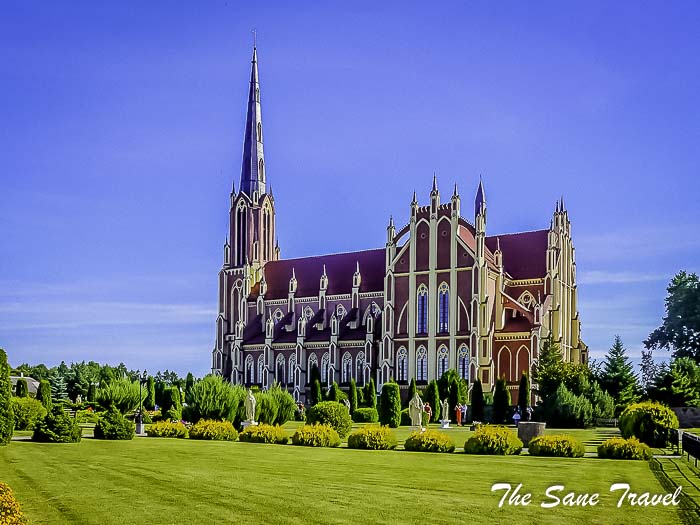
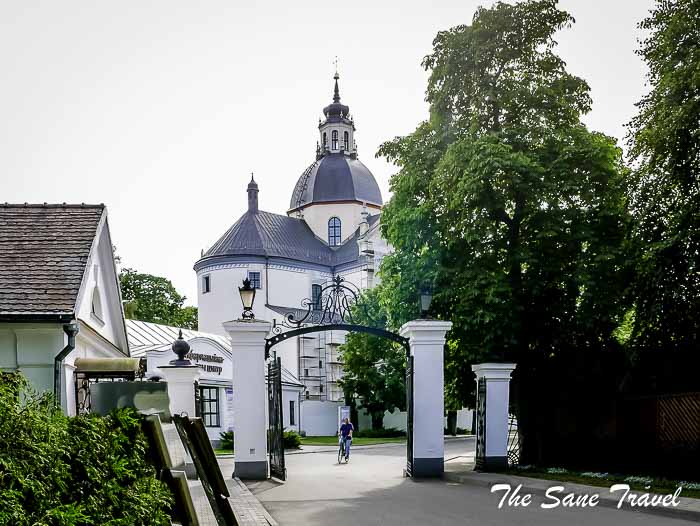
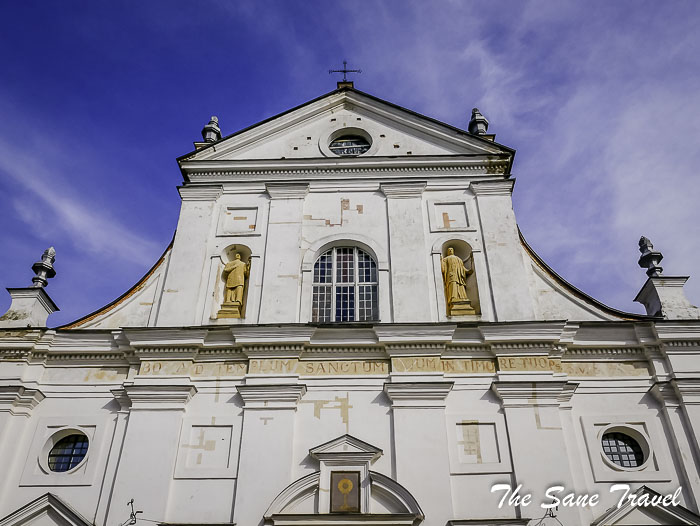
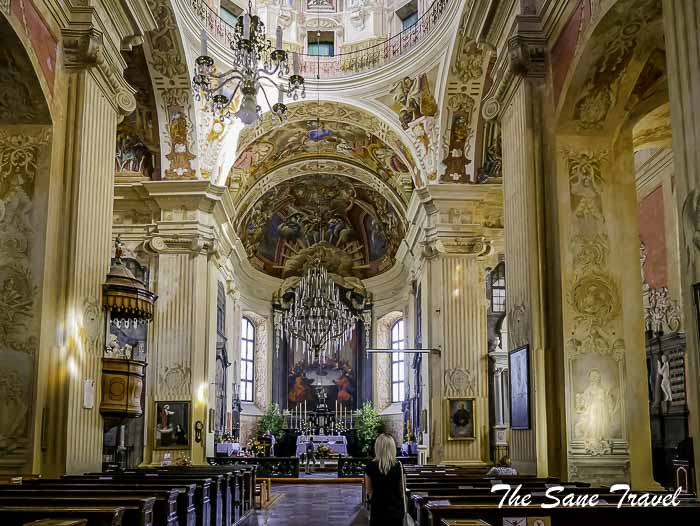
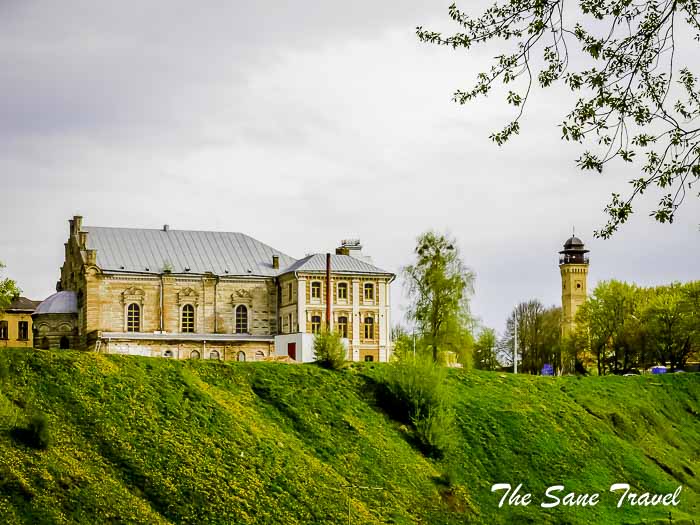
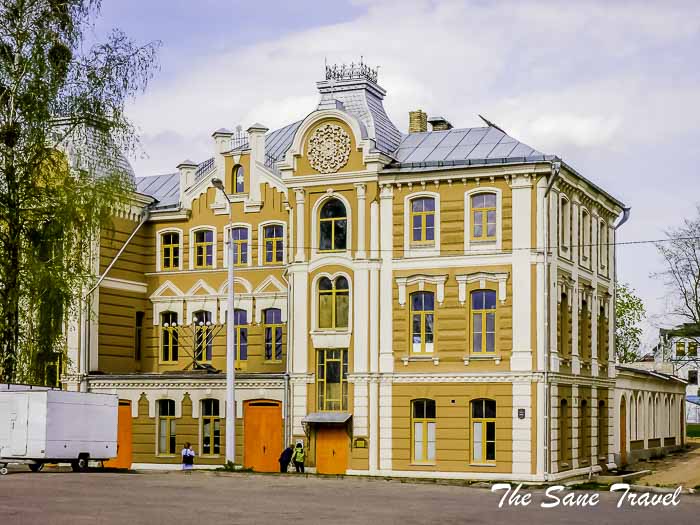
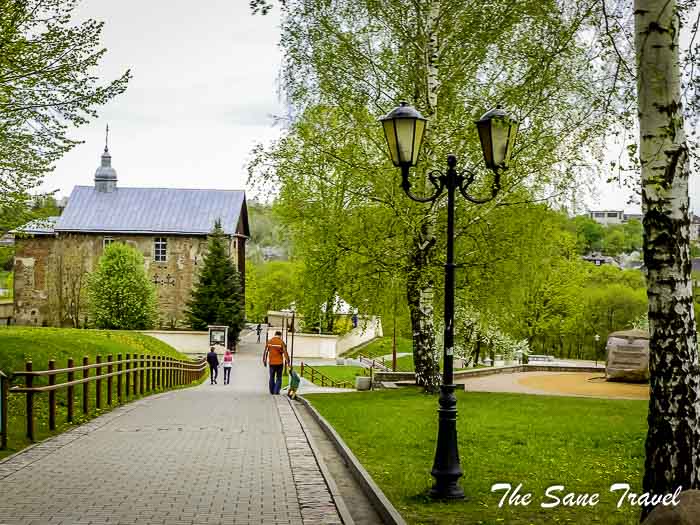
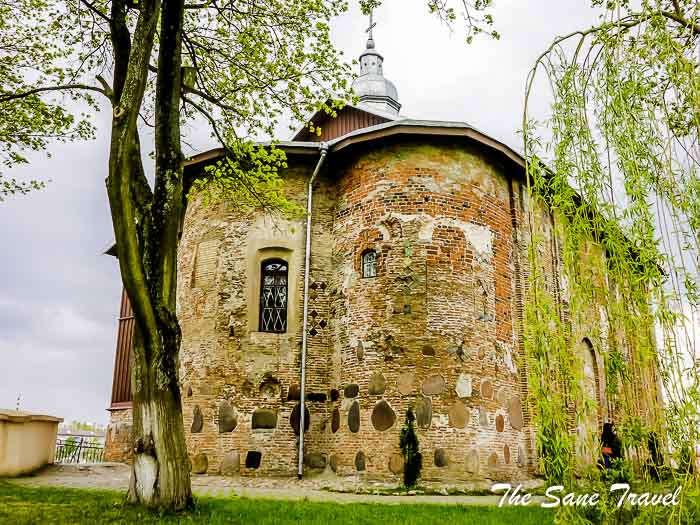
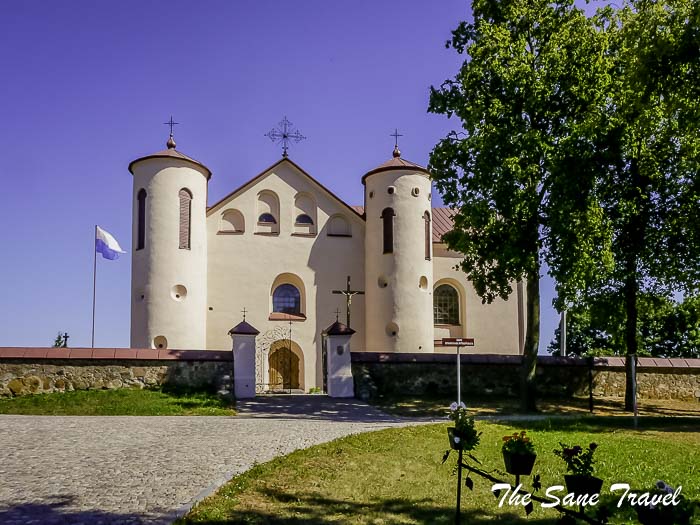
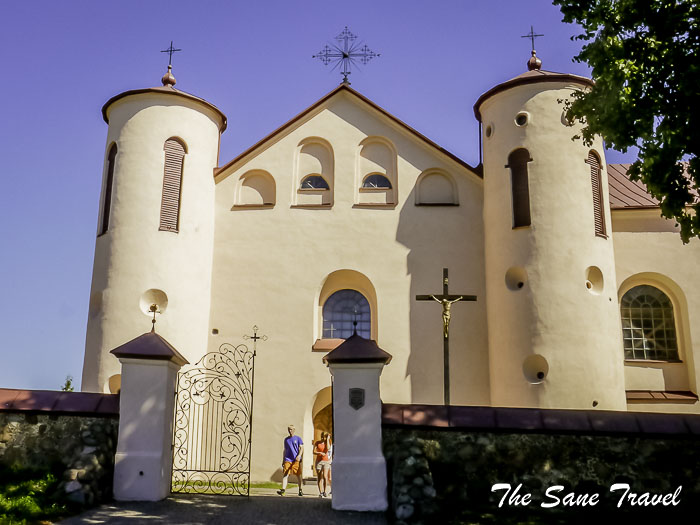
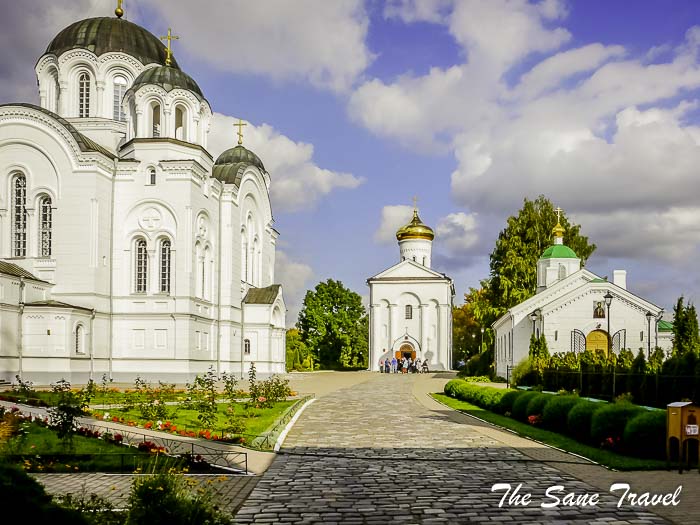
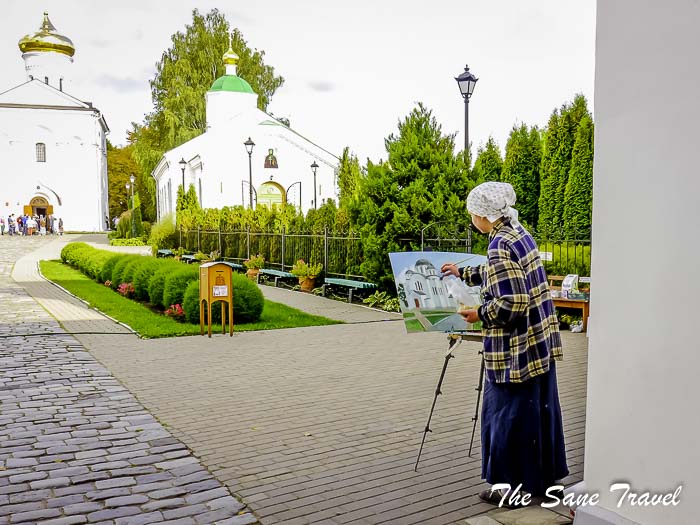
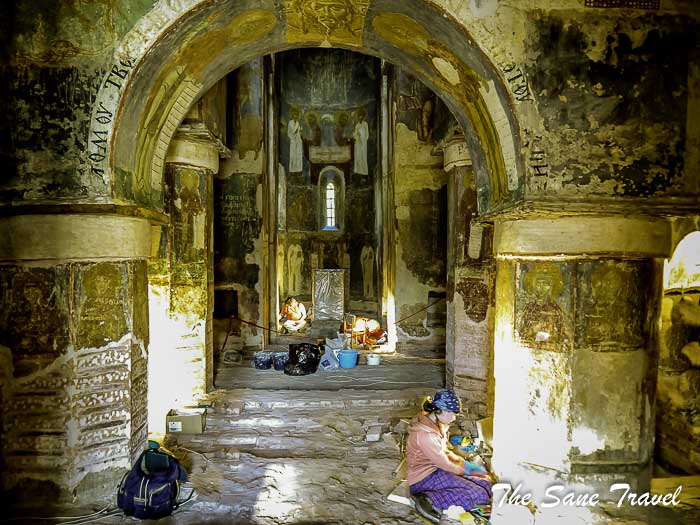

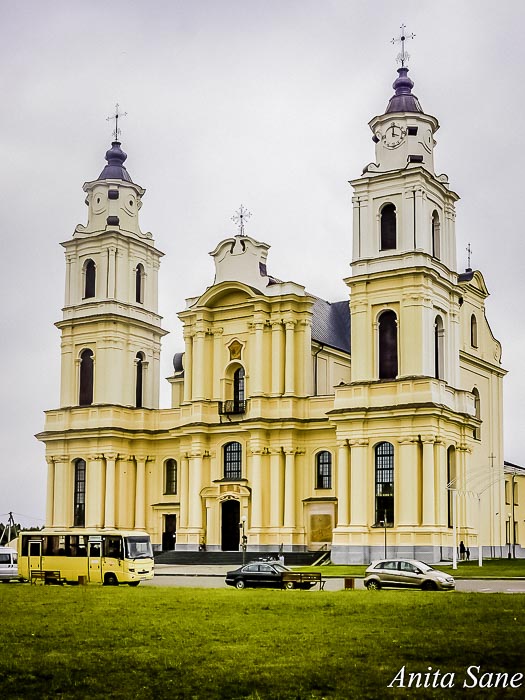
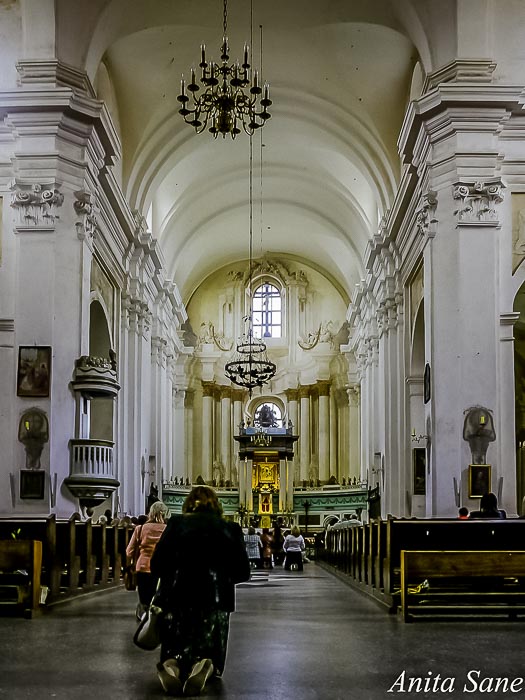
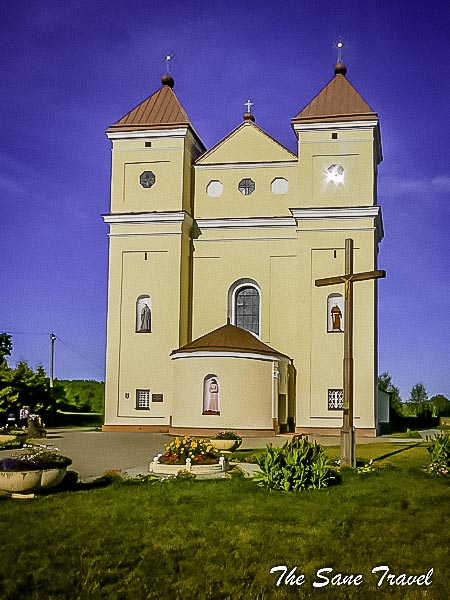
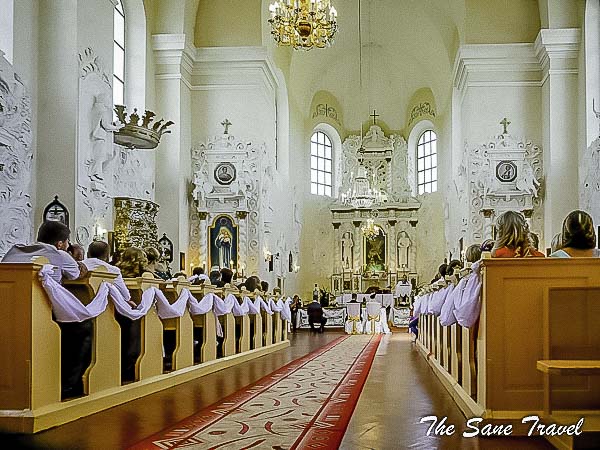
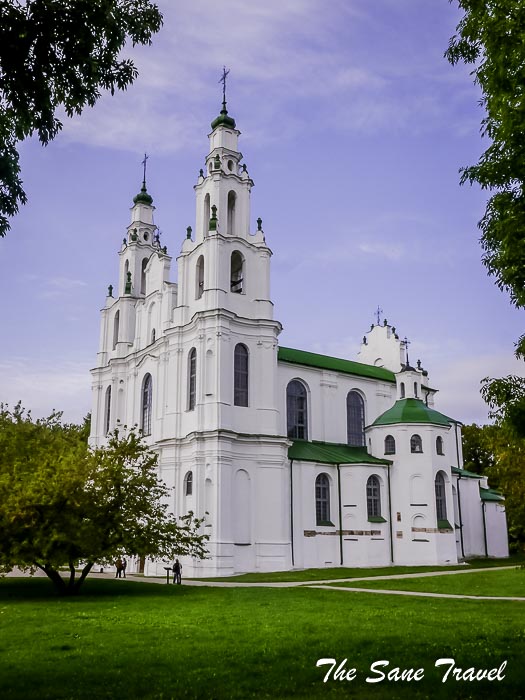

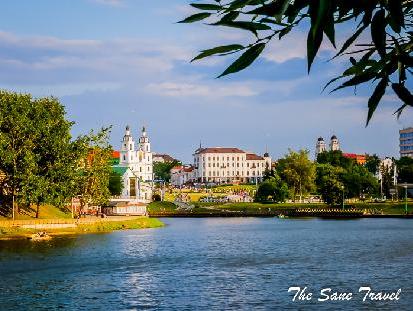
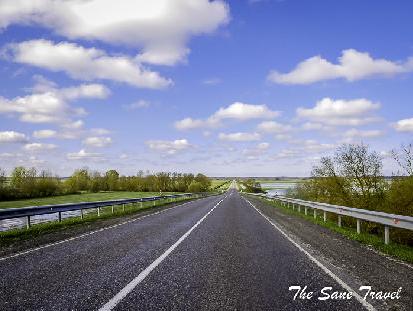
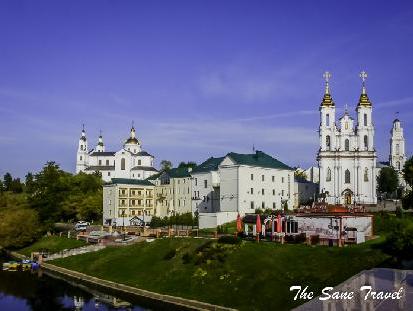
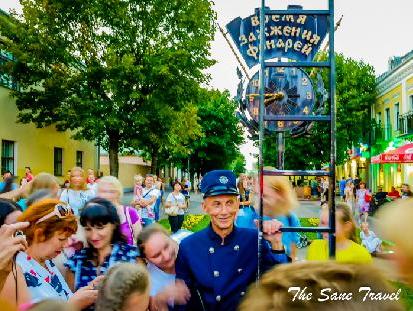

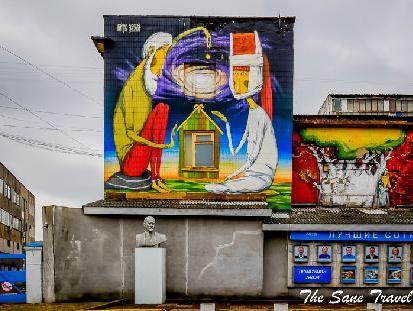
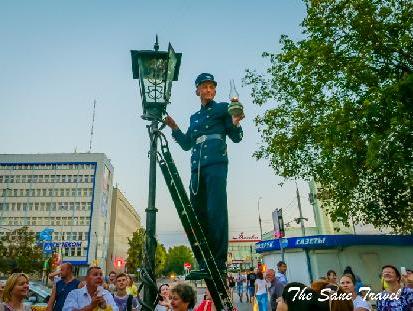
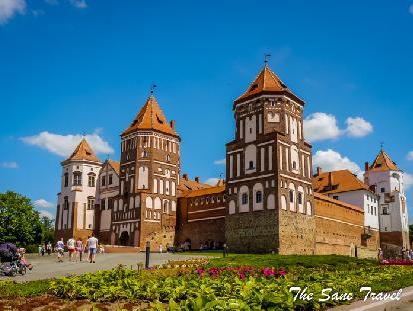

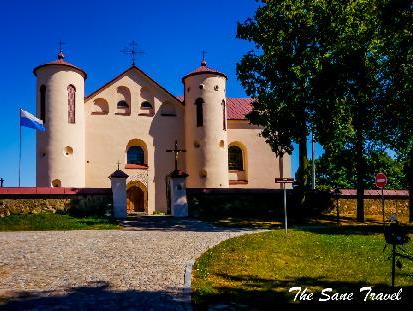
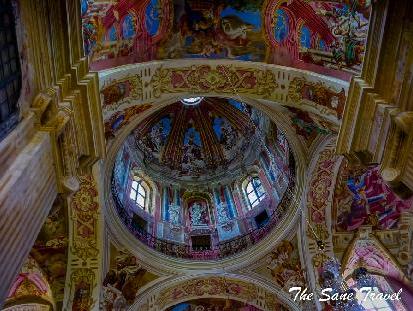
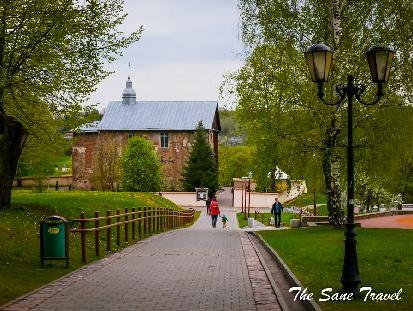
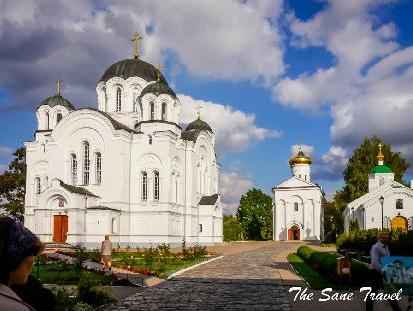
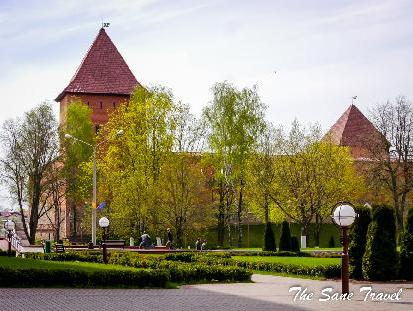
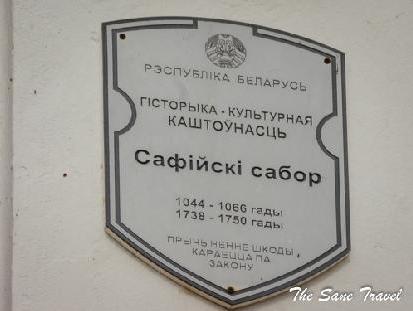
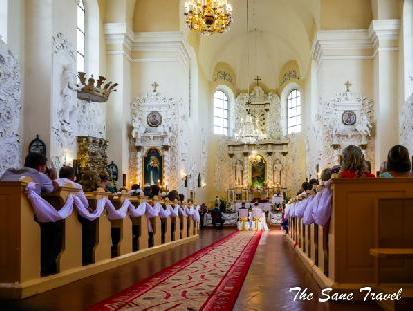
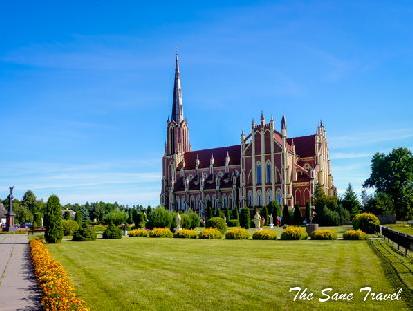
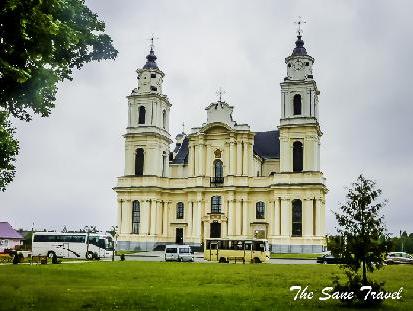
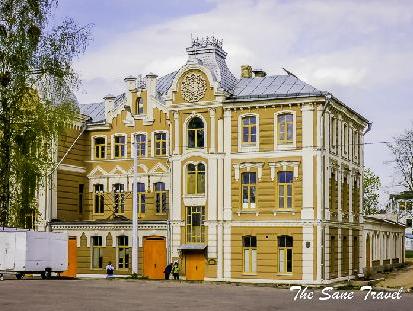
They are all so different but still so unique, I love it!
Belarus is a place I had on my bucket list, but I kind of forgot about it, so not I am putting it back!
Report
My comments